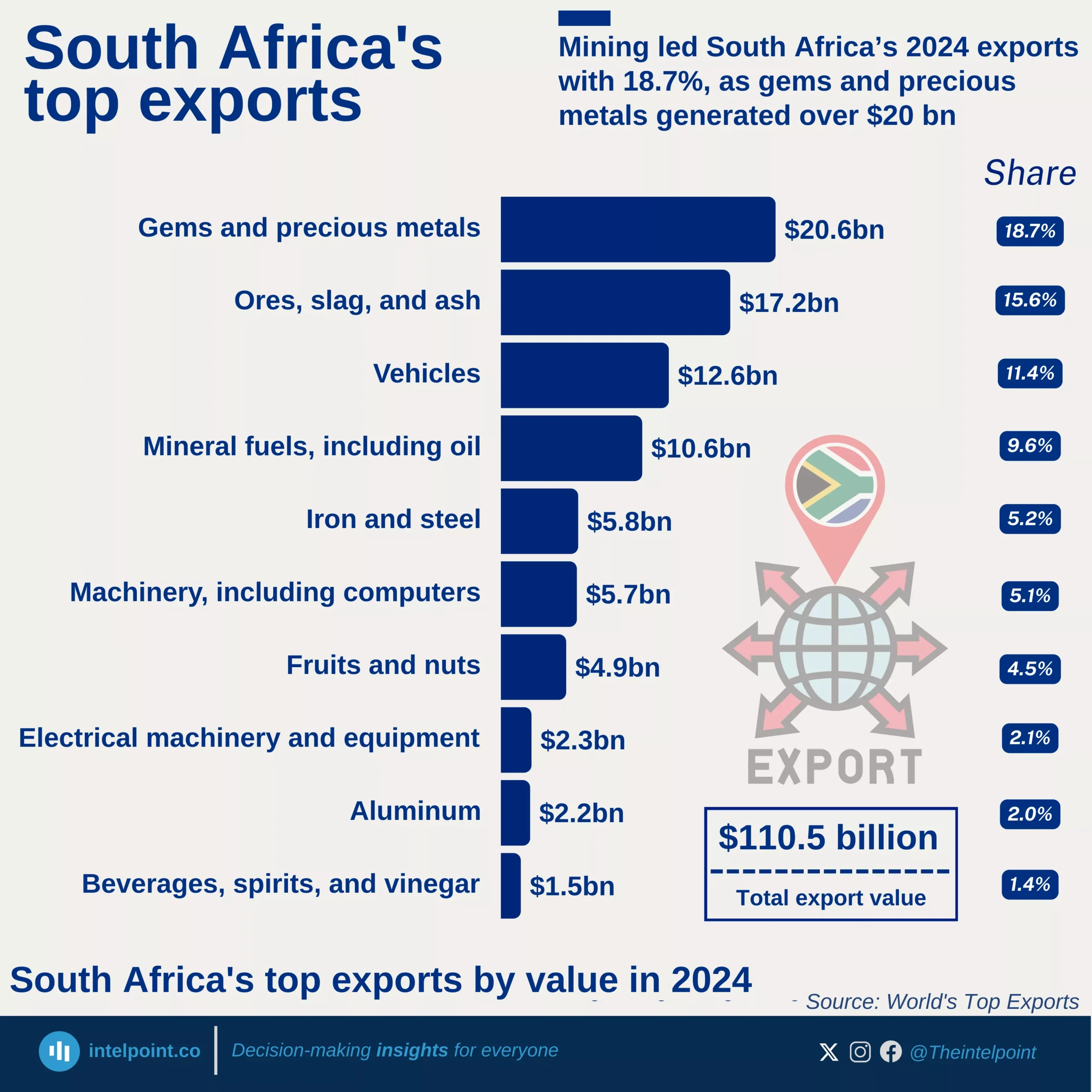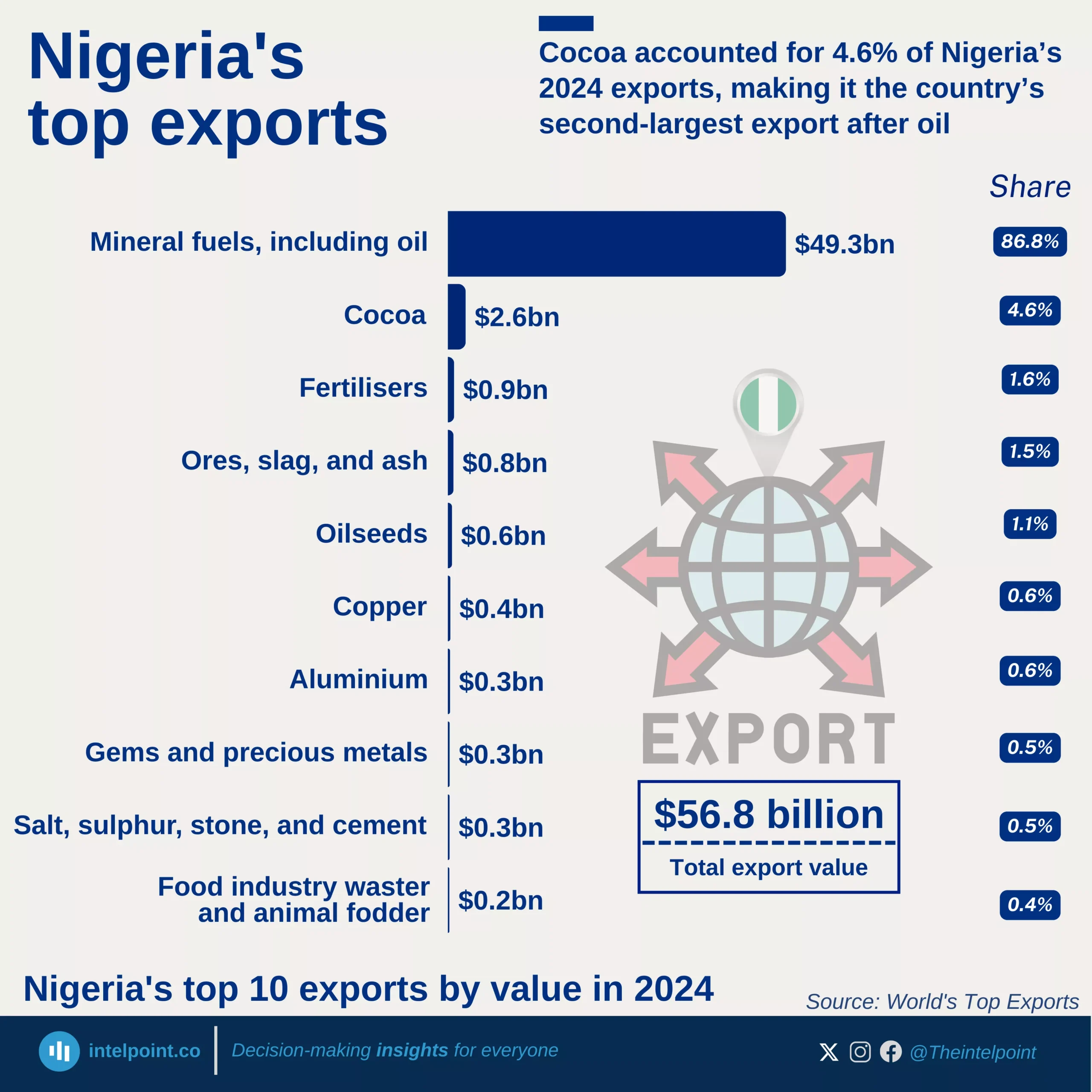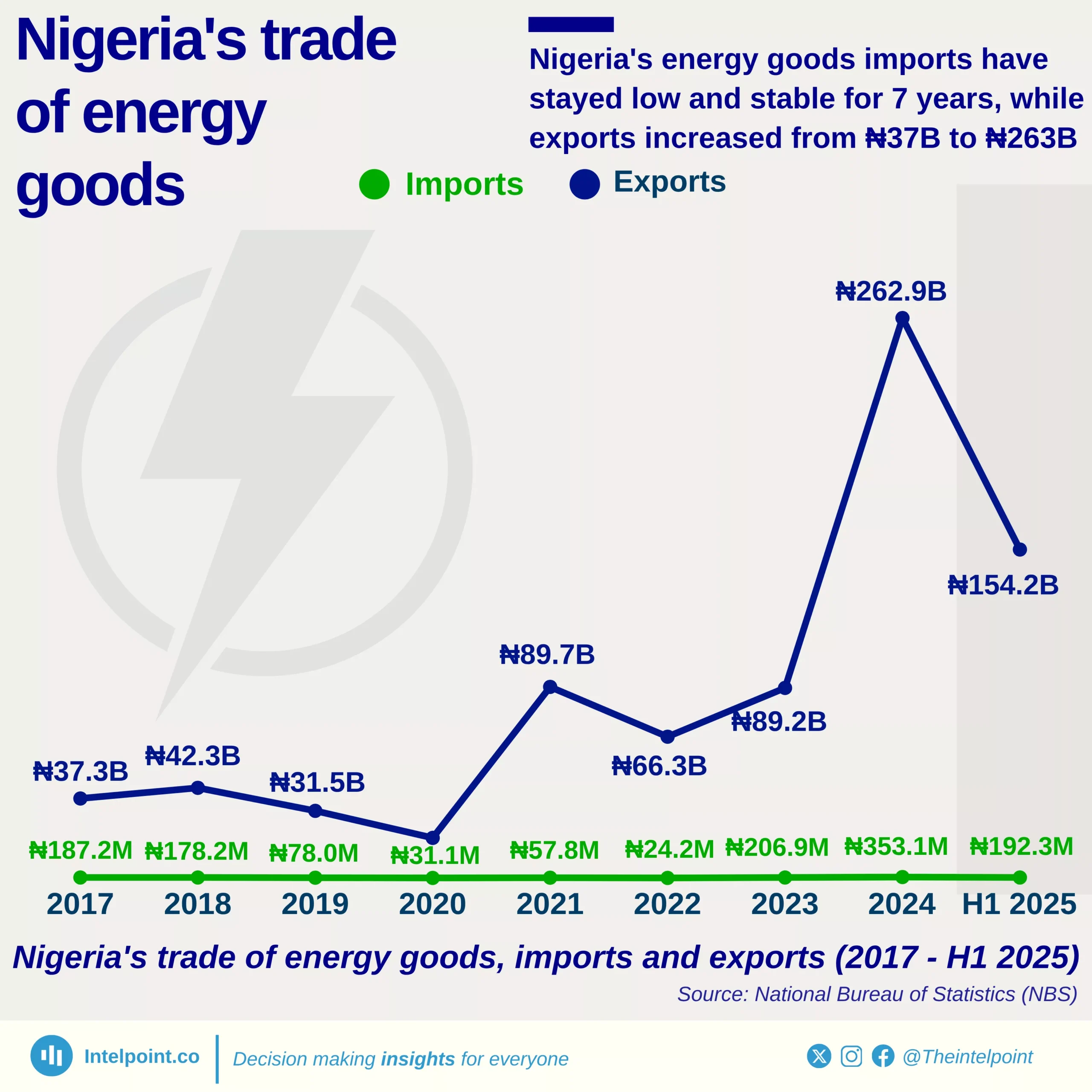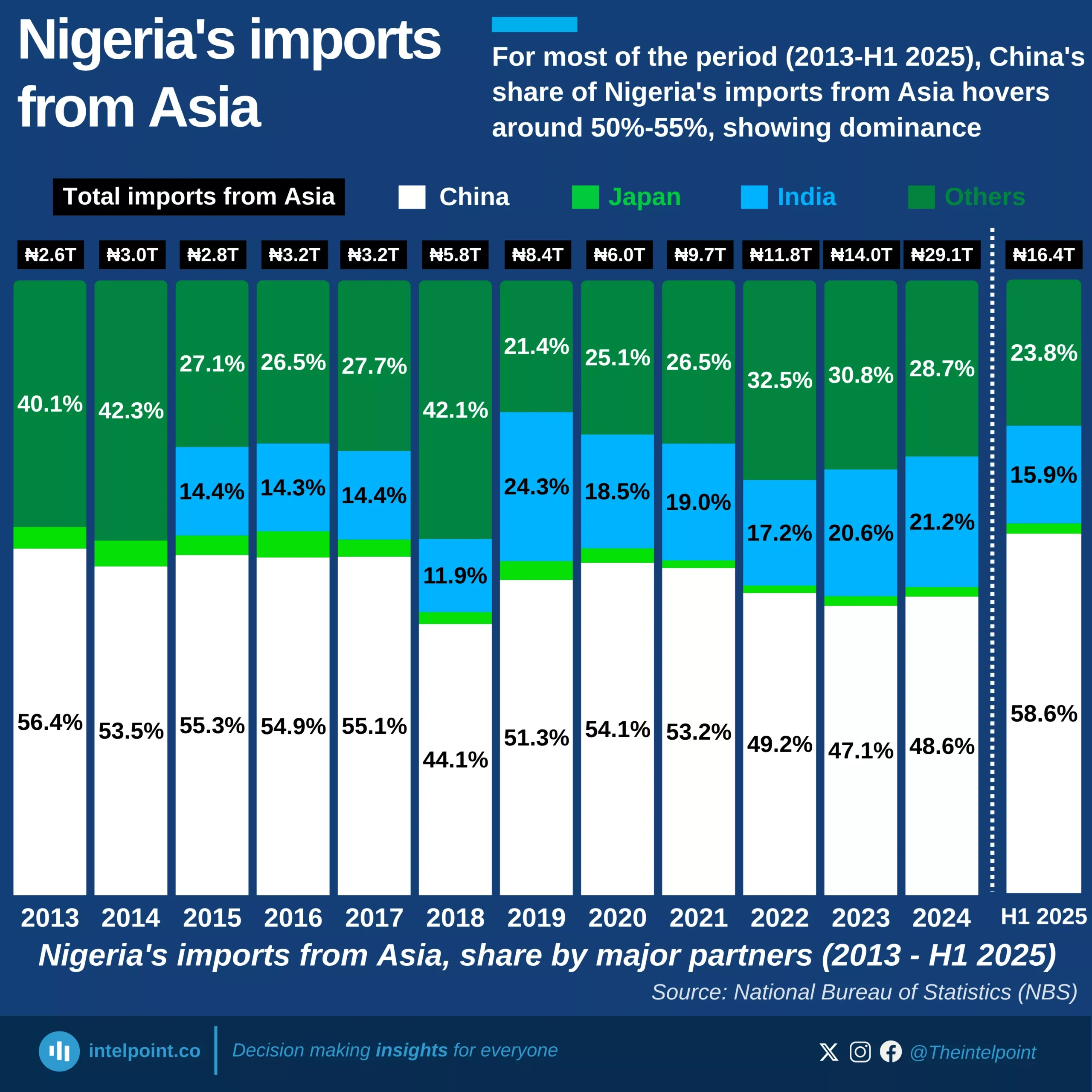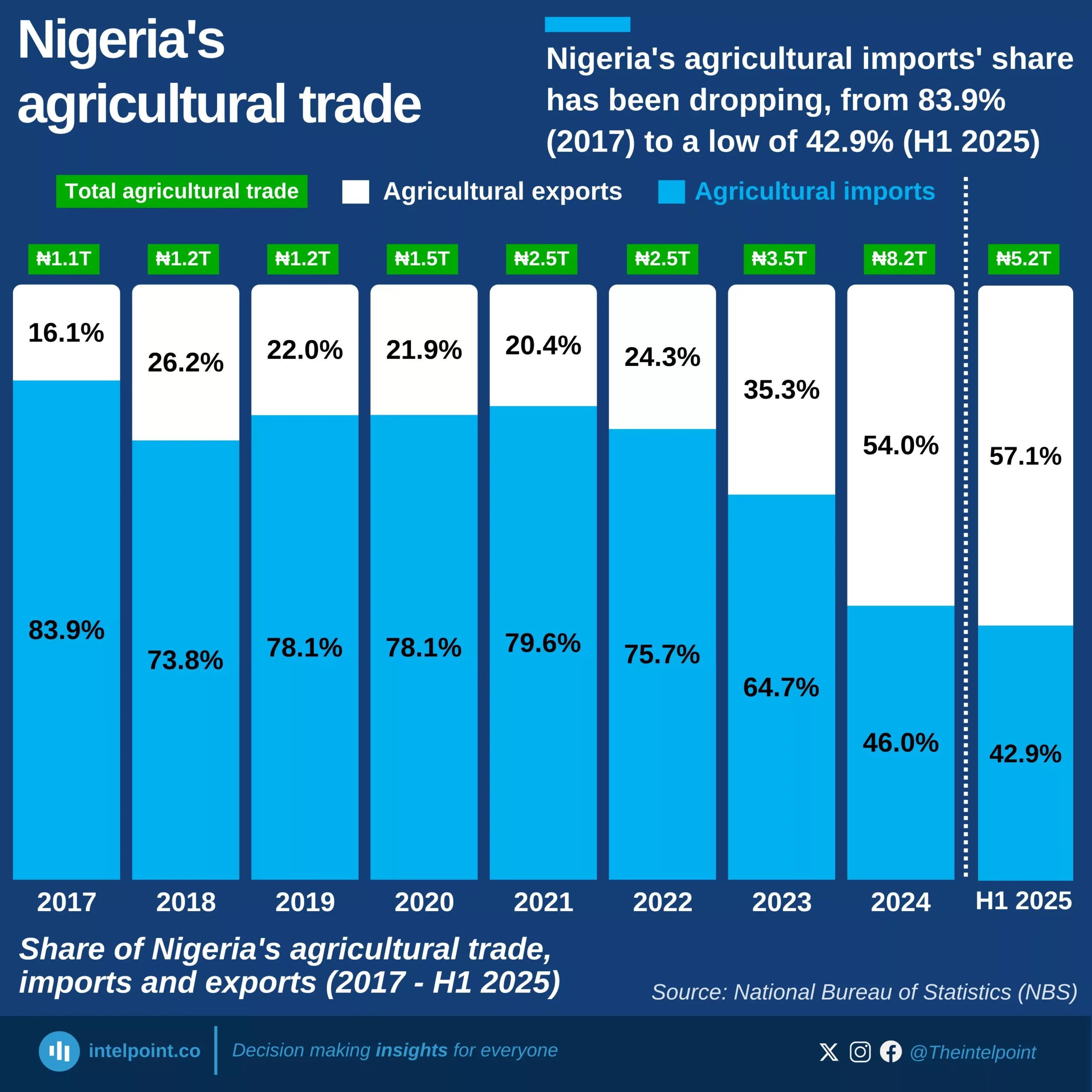Key Takeaways:
China’s exports to Nigeria have grown significantly over the past three decades, reflecting deepening economic ties between the two nations. Starting at $90.9 million in 1992, exports surged past $22 billion by 2022, driven by the demand for machinery, electronics, and manufactured goods. But 2023 saw a slight decline to $20.2 billion.
Amid economic challenges and global uncertainty, exports dropped sharply to $9.7 billion by 2016. From 2017 onward, trade rebounded steadily, with China reaching a historic high in 2022 at $22.3 billion in exports to Nigeria.

